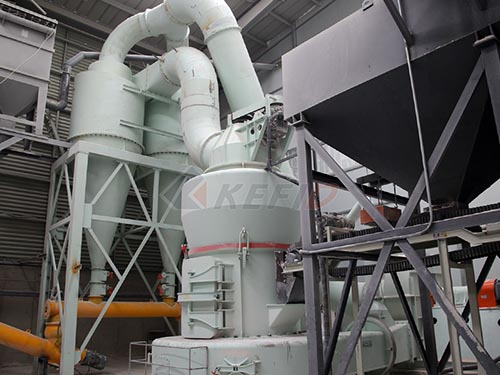
Mastering the Challenge: Selecting Crushers for Efficient Slab Stone Processing
Slab stone presents unique challenges in aggregate production and mineral processing. Unlike more uniformly fragmented rock or rounded gravel, slabs are characterized by their large surface area relative to thickness and inherent flatness. Feeding these unwieldy pieces into a crushing circuit demands specialized equipment designed not just to break rock, but to effectively handle awkward geometries without constant blockages or excessive wear. Choosing the right crusher is paramount for operational efficiency and profitability.
Understanding the Slab Stone Challenge:
1. Feed Geometry: Large, flat slabs can easily bridge over feeder openings or get stuck in primary crusher feed chutes if not managed correctly.
2. Point Loading: Traditional crushing relies on compressive forces applied across significant surface areas of rock particles. Slabs offer minimal thickness where force can be effectively applied initially.
3. Abrasion & Wear: Flat slabs sliding against metal surfaces during feeding and initial breaking cause significant abrasion on liners and chutes.
4. Production Goals: The desired final product size dictates the crushing stages required after primary reduction.
Crusher Types for Slab Stone Processing:
1. Primary Crushing: Jaw Crushers – The Workhorse

Why They Excel: Robust jaw crushers are typically the first line of defense against slab stone.
Deep Chambers: Models with deeper crushing chambers provide more space for large slabs to enter and be gripped before compression begins.
Aggressive Nip Angle: A steeper nip angle helps pull large feed material down into the chamber effectively, reducing bridging tendencies.
High Inertia Flywheels: Essential for generating the massive forces needed to initiate fracture on thick slabs through point loading at the top of the jaws before full compression occurs lower down.
Considerations: Ensure adequate feed opening size relative to maximum expected slab dimensions; robust vibratory feeders (often with grizzly sections) are crucial partners to regulate flow and scalp out fines or very small material that could pack within the chamber.
2. Secondary Crushing: Cone Crushers & Impact Crushers – Refining the Product
Once primary jaw crushers reduce slabs into manageable chunks (typically 6-8 inches / 150-200mm down), secondary crushers take over for further size reduction:
Cone Crushers (Compression): Ideal when cubicity is desired and fines production needs control. They

Leave a Reply